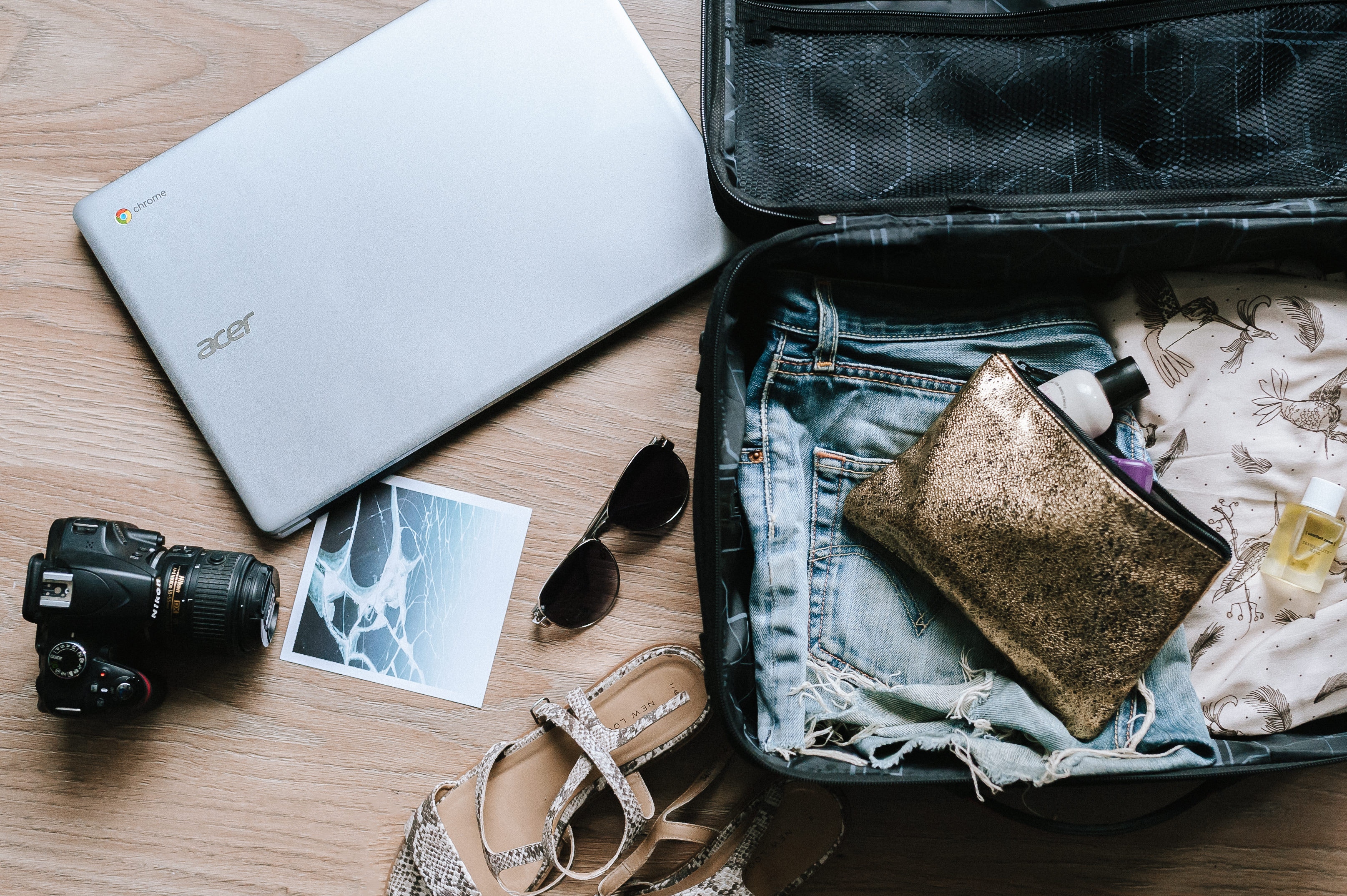Tired of having to take your liquids and laptop out of your carry-on bag every time you have to go through TSA? The Transportation Security Administration recently announced its plan to test computed tomography (CT) scanners for carry-on bags. According to cnn.com, special X-ray scanning equipment creates 3-D images that can be analyzed on three axes for explosives and other threats. This technology is similar to that used in medical imaging, and according to TSA Administrator David Pekoske the “use of CT technology substantially improves TSA’s threat detection capability at the checkpoint.” The plan is to have up to 40 units in U.S. airports by the end of the year.
RELATED: American Airlines Will Stop Charging For Carry-On Bags
TSA plans to begin testing the technology in the following airports by the end of 2018:
Baltimore-Washington International Airport (BWI)
Chicago O’Hare International Airport (ORD)
Cincinnati/Northern Kentucky International Airport (CVG)
Houston Hobby Airport (HOU)
Indianapolis International Airport (IND)
John F. Kennedy International Airport (JFK)
Boston Logan International Airport (BOS)
Los Angeles International Airport (LAX)
McCarran International Airport (LAS)
Oakland International Airport (OAK)
Philadelphia International Airport (PHL)
Phoenix Sky Harbor International Airport (PHX)
San Diego International Airport (SAN)
St. Louis Lambert International Airport (STL)
Washington-Dulles International Airport (IAD)
What this all means is that you may no longer be required to take out any liquids and even your laptops from your carry-on bags and place them in the bins. This technology does not seem to have any effect on the actual 3-1-1 liquid rule, so bottles of water will still be prohibited and you must still follow the requirement on the size of liquids and creams that are brought through TSA. It may, however, help reduce times in TSA lines if implemented. We all know that waiting for people to figure out what to take out, and then to actually take things out of their bags in the TSA line is what adds time to the whole process, so anything to speed up the process will ensuring safety is sure to be well received by travelers if implemented effectively.





